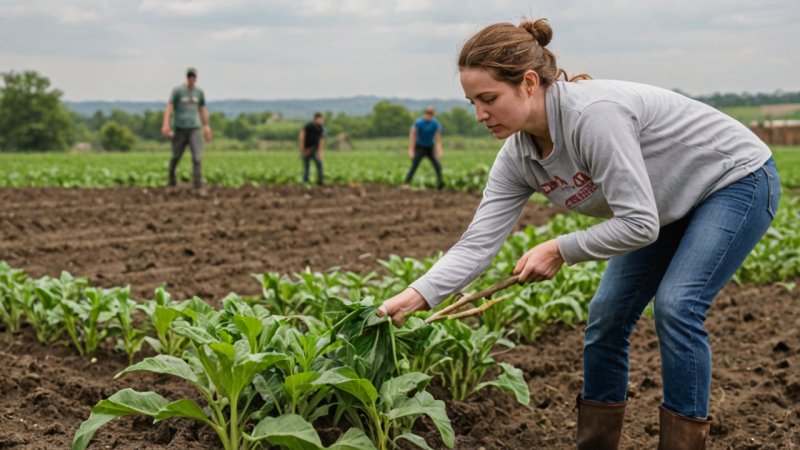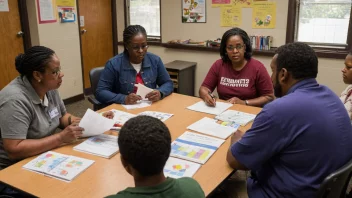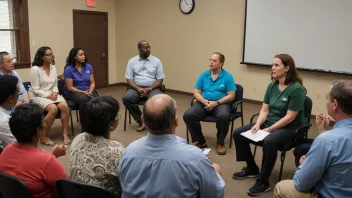In the wake of a disaster, local agriculture often bears the brunt of the damage, impacting food security and the livelihoods of farmers. Supporting local agriculture in these critical times is essential not just for recovery but also for rebuilding resilient communities. Here are seven impactful ways individuals and organizations can contribute to the recovery of local agriculture after a disaster:
1. Volunteer with Local Farms
One of the most direct ways to support local agriculture is by volunteering your time. Many farms will need extra hands for planting, harvesting, and general upkeep following a disaster.
- Check community boards or local agricultural organizations for volunteer opportunities.
- Offer specialized skills, such as marketing or logistics support, to help farmers reach broader markets.
2. Advocate for Policy Changes
Policy can significantly influence recovery efforts. Advocating for supportive policies helps ensure that local agriculture receives the attention and resources it needs.
- Engage with local government representatives to discuss the importance of agricultural recovery.
- Join or form advocacy groups focused on agricultural sustainability and disaster recovery.
3. Promote Community Supported Agriculture (CSA)
Community Supported Agriculture programs connect consumers directly with local farmers, providing them with financial support and a guaranteed market for their produce.
- Encourage others to join CSA programs to help stabilize local farmers’ income.
- Share information on social media about the benefits of supporting CSA initiatives.
4. Educate Yourself and Others
Understanding the challenges faced by local agriculture post-disaster can empower you to take effective action.
- Attend workshops or seminars focused on agricultural recovery and sustainability.
- Share knowledge with your community to raise awareness about the importance of supporting local farmers.
5. Organize Fundraising Events
While the article avoids fundraising, organizing awareness events is still a vital way to engage the community and highlight the importance of local agriculture recovery.
- Host educational events that focus on local agriculture, inviting farmers to share their stories and needs.
- Encourage local businesses to partner in these events to increase visibility and reach.
6. Support Sustainable Practices
Promoting sustainable agricultural practices ensures that local farms can endure future challenges more effectively.
- Encourage farmers to adopt resilient farming techniques that are better suited to withstand disasters.
- Participate in or support initiatives focused on sustainable farming education and resources.
7. Build Networks and Collaborations
Creating networks among farmers, local businesses, and community members can foster resilience and innovation in agricultural recovery.
- Facilitate connections between local farmers and resources such as agricultural extension services.
- Encourage collaboration among different sectors to create a comprehensive support system for local agriculture.
In conclusion, supporting local agriculture post-disaster is not just about immediate relief; it’s about fostering resilience and sustainability for the future. By volunteering, advocating for policy changes, promoting community-supported agriculture, educating yourself and others, organizing awareness events, supporting sustainable practices, and building networks, you can contribute to the recovery and strength of local farming communities. Together, we can ensure that our local agriculture thrives even in the face of adversity.






